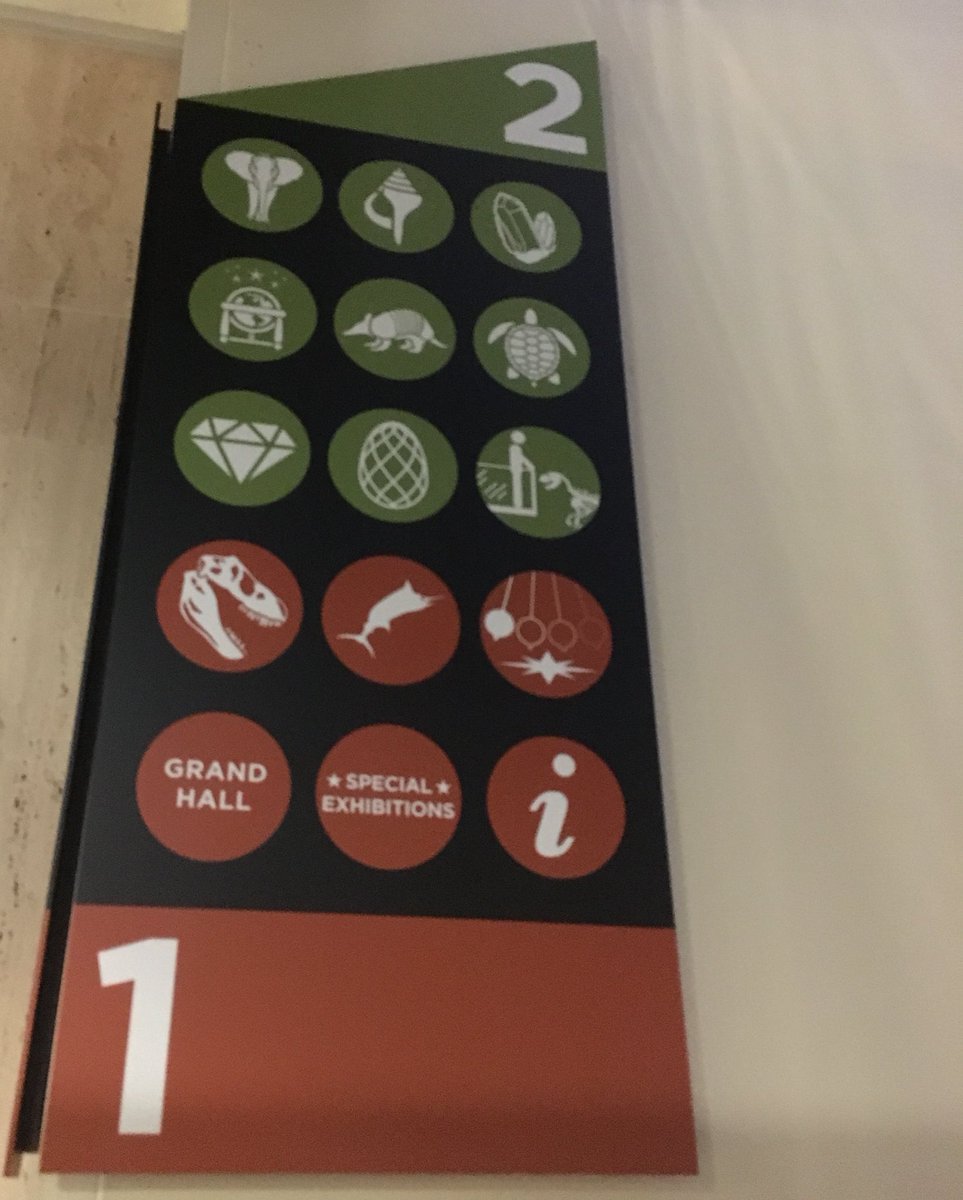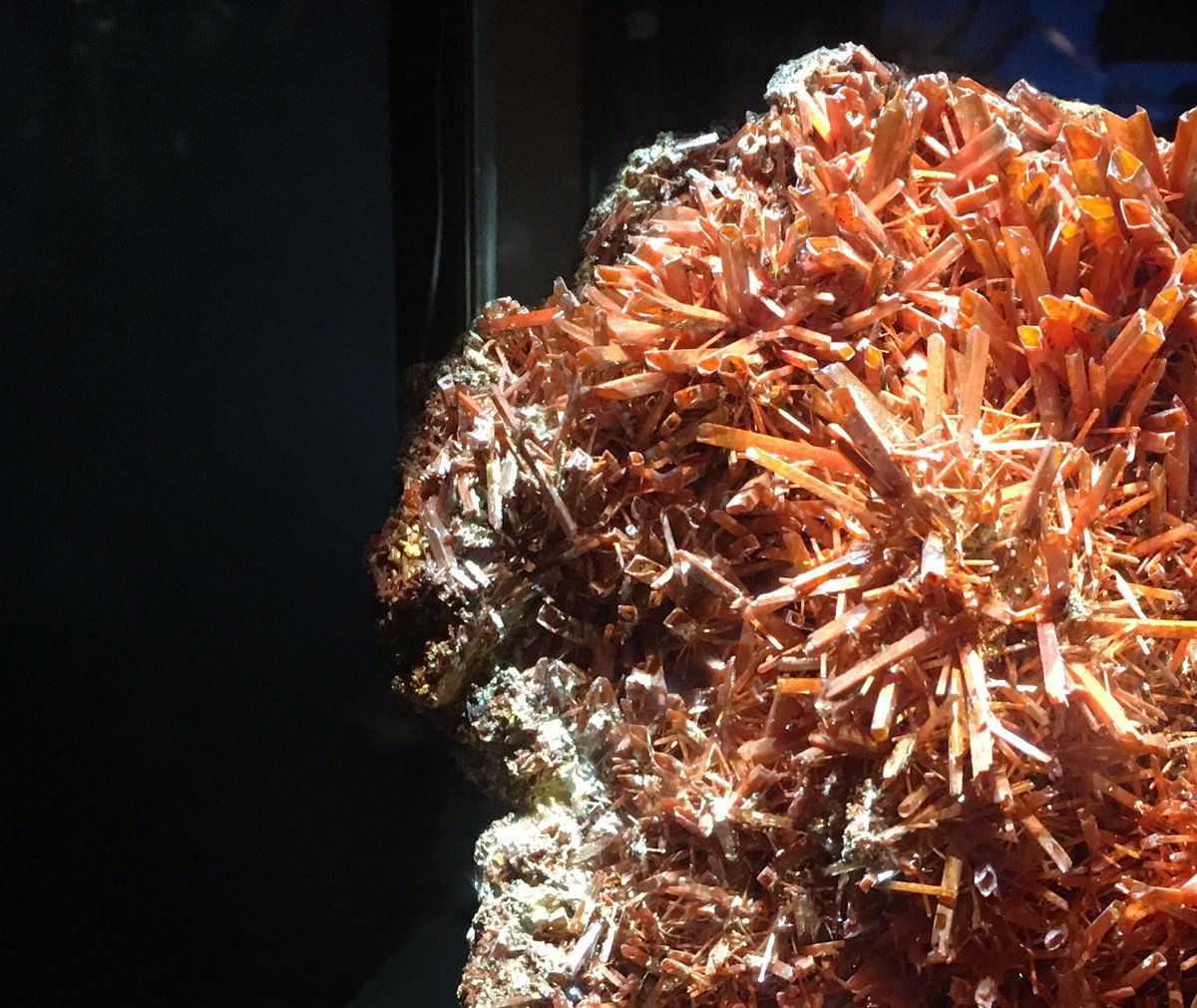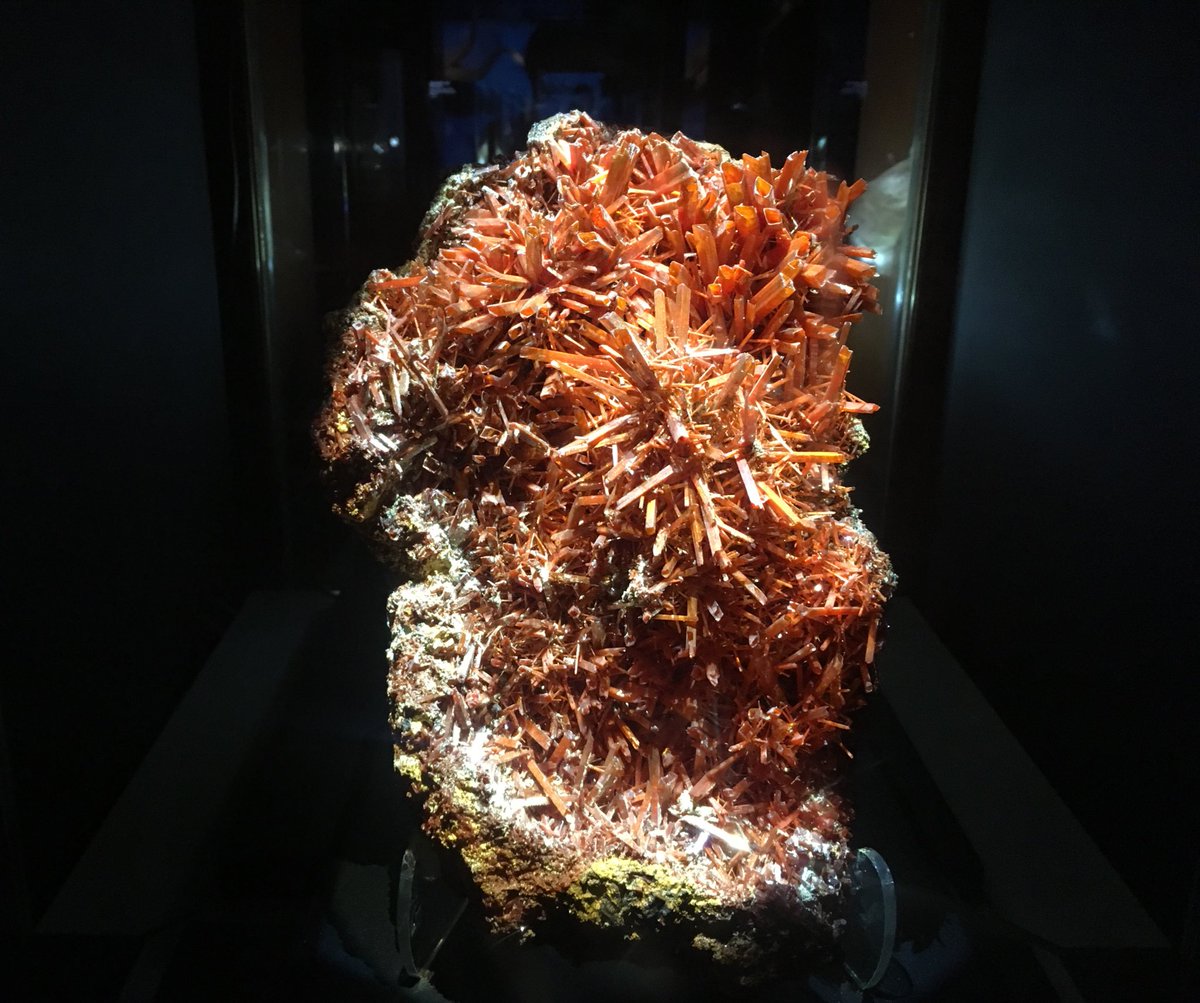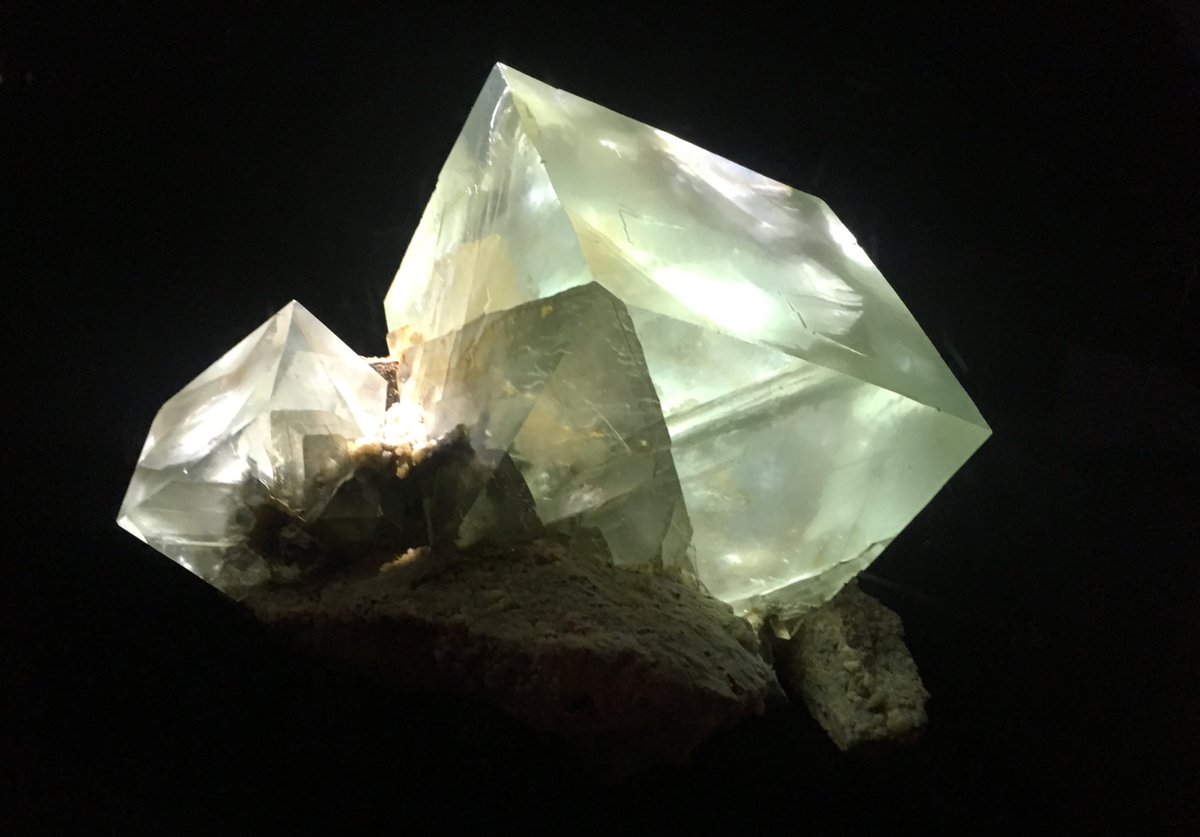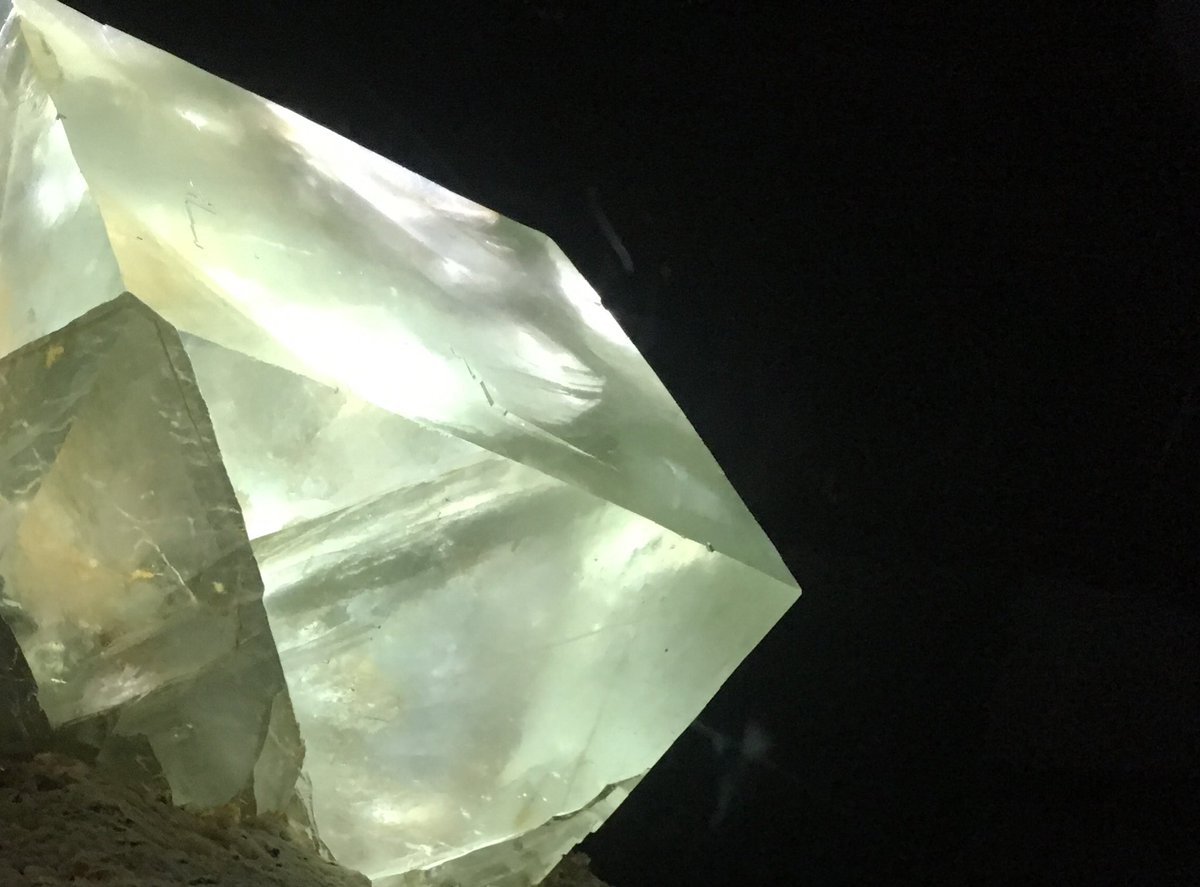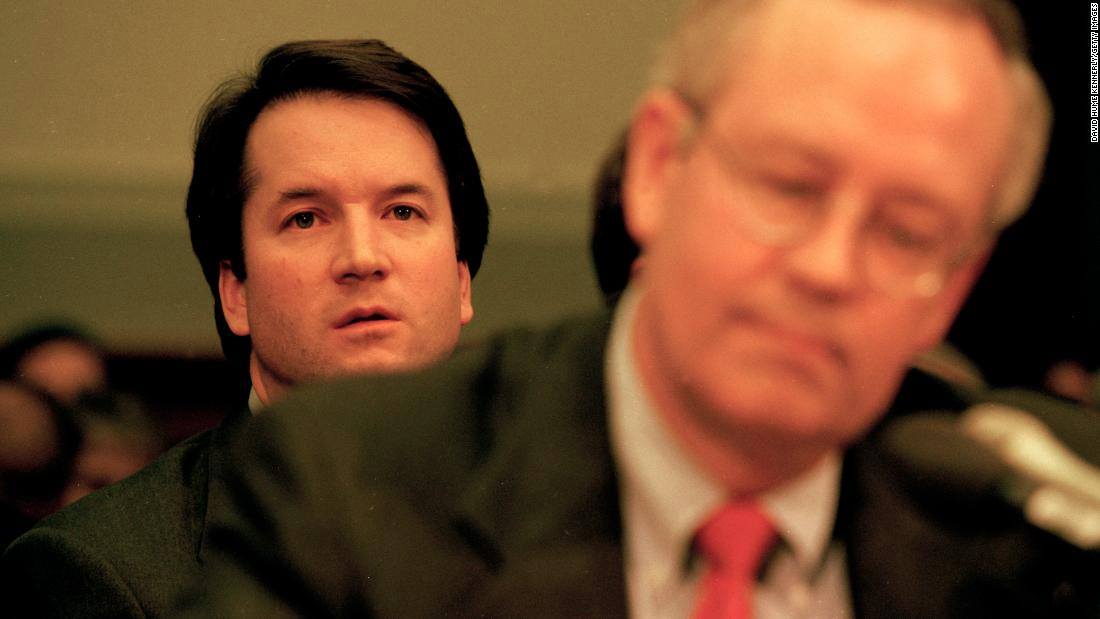I’m safe & have been the whole time.
tw for brief non-graphic description of violence.
Lessons learned from witnessing & reporting an assault:
2. Call 911 immediately*. You can think later.
* unless victim(s) are groups that are disproportionately victims of police violence, in which case try to do the rapid risk evaluation of possible outcomes.
In my case, victim staggered off with a companion, so I stayed keeping an eye on assaulter while reporting.
If you’re solo, speakerphone to 911 is your friend. Otherwise, delegate, divide, & conquer.
Delegate someone to photograph while you’re on 911. Failing that, pick a short list of key features:
Gender, relative height compared to you, hair colour & style, basic clothing
Don’t overpack, you’ll fail.
Prioritize IDing suspect.
“I’m at X. 1 minute ago, I saw a woman kick a man in the head when he was on the ground. She crossed the street. The man staggered to Y with a companion. No weapons.”
It’s ok to say “I don’t feel safe getting that information.”
It’s ok to leave.
It’s ok to not provide your identifying information.
Do what you need to do. Make the choices that are right for you.
I felt safe waiting.
The dispatcher may not be able to transcribe fast enough. That’s ok: the call is recorded, they can retroactively recovery “too fast” but not “I forget.”
My primary practice is from fieldwork, emergency response, and writing image descriptions on Twitter. Even younger (& more emotional), it was writing journal entries and pen pal letters.
It’s the same idea.
Which is why I’m writing this.
Everything is as handled as I can make it. I’ve handed off responsibility. I’ll probably never know résolution unless I’m called as witness. That’s ok.
So now I walk away.
& try to let go.
Fieldwork, accidents, deployments, call-outs, witnessing trauma, reporting on disaster: talk it out afterwards to someone, somehow.
*(Numb, disbelief, outrage that someone thinks they can pull this shit in my city, helplessness, exhaustion.)
It’ll do until morning.
Thanks. It helped to not be alone.

